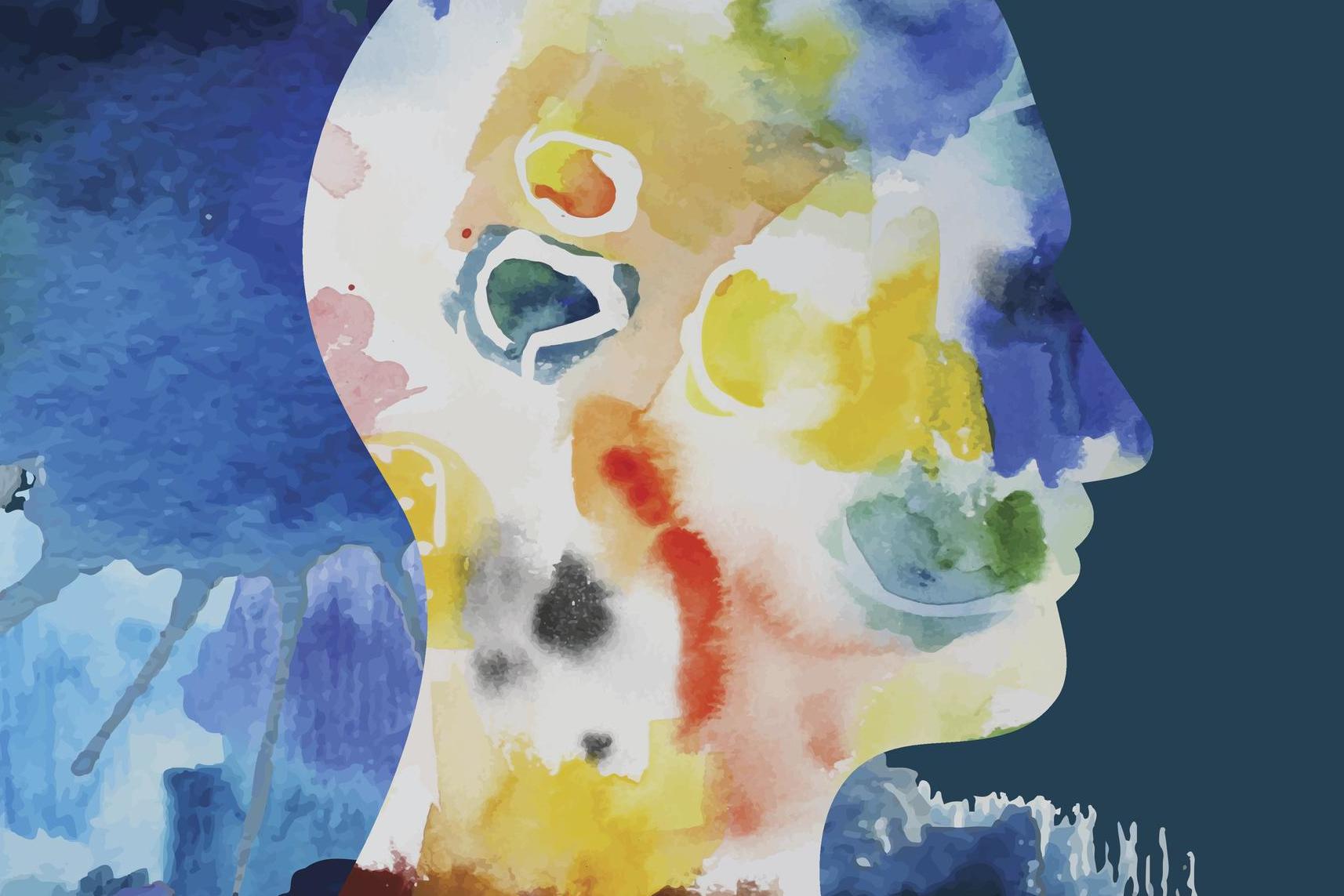What is hyposexuality and how is it different to asexuality?
It's characterised by an absence of sexual desire

Your support helps us to tell the story
From reproductive rights to climate change to Big Tech, The Independent is on the ground when the story is developing. Whether it's investigating the financials of Elon Musk's pro-Trump PAC or producing our latest documentary, 'The A Word', which shines a light on the American women fighting for reproductive rights, we know how important it is to parse out the facts from the messaging.
At such a critical moment in US history, we need reporters on the ground. Your donation allows us to keep sending journalists to speak to both sides of the story.
The Independent is trusted by Americans across the entire political spectrum. And unlike many other quality news outlets, we choose not to lock Americans out of our reporting and analysis with paywalls. We believe quality journalism should be available to everyone, paid for by those who can afford it.
Your support makes all the difference.Hyposexuality may not be a phrase you’re familiar with - but its symptoms are ubiquitous.
The terminology is used by sexual health professionals to describe a condition characterised by decreased libido which can be experienced at different degrees and time periods for various reasons.
It is occasionally wrongly aligned with asexuality - whereby someone does not experience sexual attraction towards others.
The key difference between the two is that asexuality is an orientation whereas hyposexuality is a diagnosis.
“Asexuality is an identity formed around community and personal experience,” explained a spokesperson for the LGBT Foundation, “while hyposexuality is a diagnosis given to people who are not asexual but are experiencing difficulty achieving sexual arousal.”
People experiencing hyposexuality may feel distressed and upset as a result of the condition, which may be secondary to other sexual dysfunctions such as anorgasmia - the inability to orgasm; dyspareunia - painful intercourse; and erectile dysfunction.
Hyposexuality could arise for a range of reasons, including drug and alcohol abuse and mental illnesses - such as depression, psychopathy and hypochondria - and might also be exacerbated by medications given to curb such conditions.
Interestingly, a decreased libido affects more clinically depressed women than men, who may actually experience an increase in sex drive when battling depression, explained consultant clinical psychologist Janice Hiller.
"This is because of the underlying neurochemistry that differs in male and female brains," she told The Independent.
While the effects of hyposexuality can be long-lasting in some cases, its symptoms are typically transient and can be treated with counselling and medicine.
Occasionally, it could simply be a case of making some lifestyle changes, such as tweaking your diet or lowering your stress levels.
It may also be systemic, Hiller added, explaining that someone experiencing hyposexuality in one relationship may not neccessarily do so in another.
Seeking medical advice from a GP is advised in the first instance.
It’s crucial to recogise how the definition for hyposexuality differs from asexuality, with conflations pointing to a distinct lack of understanding of the latter.
“Some asexual people may be aromantic, meaning they don’t experience romantic attraction,” the LGBT foundation spokesperson told The Independent, “while others may experience romantic attraction to others but not experience sexual attraction.
“Asexual people may also be lesbian, gay, bisexual or straight, or may describe themselves in another way,” they added, explaining that asexual communities are often overlooked in the wider LGBT community due to a lack of understanding and awareness.
Join our commenting forum
Join thought-provoking conversations, follow other Independent readers and see their replies
Comments